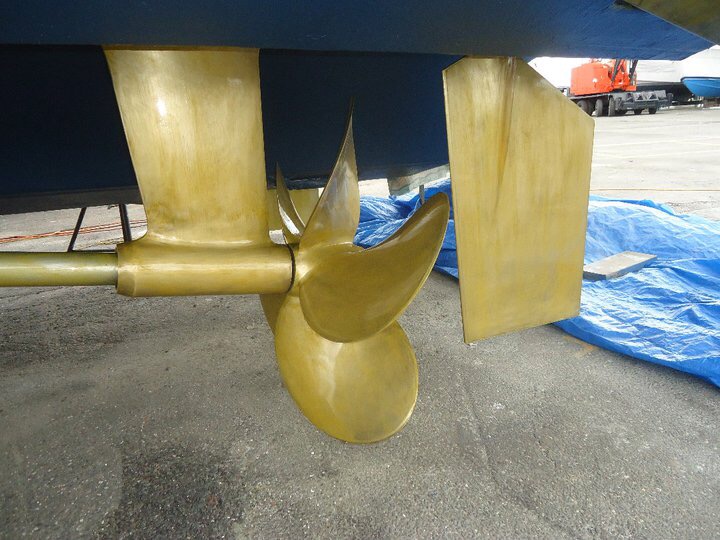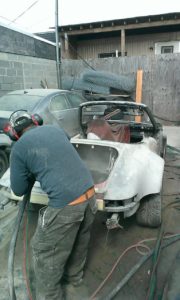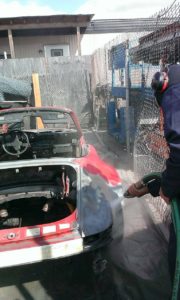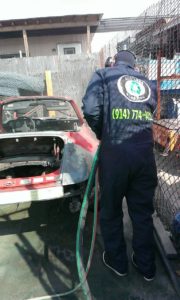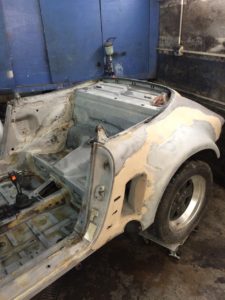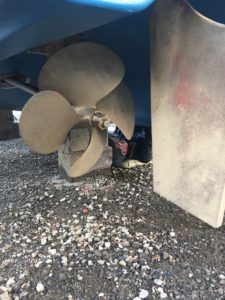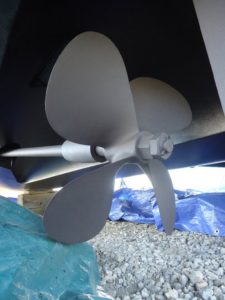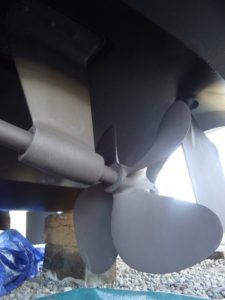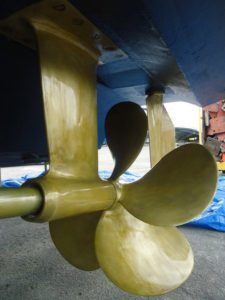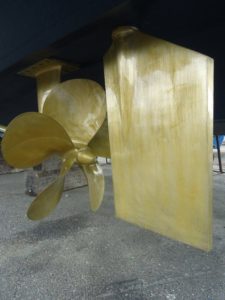Media Blasting History
Media blasting was first used in the early 1980s in the restoration of the Statue of Liberty, where baking soda was used instead of the traditional sand blasting, which was not viable for several reasons. The interior of the Statue is coated with multiple coats of paint and coal tar, while the exterior is plates of relatively thin copper plates. The interior passageways of the Statue of Liberty are rather narrow, which means ventilation of the dust caused by abrasive blasting would have been problematic.
The solution was to use sodium bicarbonate as an abrasive media. This prevented damage to the thin copper veneer. Since then, soda blasting has been used for a variety of applications by media blasting companies who converted from traditional abrasive blasting to soda blasting.
At Marine Detailer Inc., our certified technicians will look at the job at hand and will determine which media is the most appropriate to use for the blasting process.
Uses for Media Blasting
There are numerous practical uses for media blasting. These include:
- Paint removal
- Cleaning in food processing plants
- Stripping and cleaning car frames and parts
- Graffiti removal
- Maritime – cleaning ship hulls
- Cleaning carbon, grease and grime from parts
- Historical restoration
- Cleaning masonry
- Wood restoration, stripping, and cleaning
- Removing street lines from roads
- Fire restoration
- Mold removal and restoration
- Cleaning anilox rolls in printing presses
- Gum removal
- Cleaning drilling heads in the oil & gas industry
- Removing calcium deposits from metal
Media blasting is also often used for cleaning in power plants, aerospace, electronics, and water treatment centers.
We will encapsulate the area to be worked on, by setting up a tent around the perimeter of the item to be blasted. After blasting, we will clean the area by removing the tent and residue left behind by the process. We will then dispose of the materials according to State and Federal laws.

